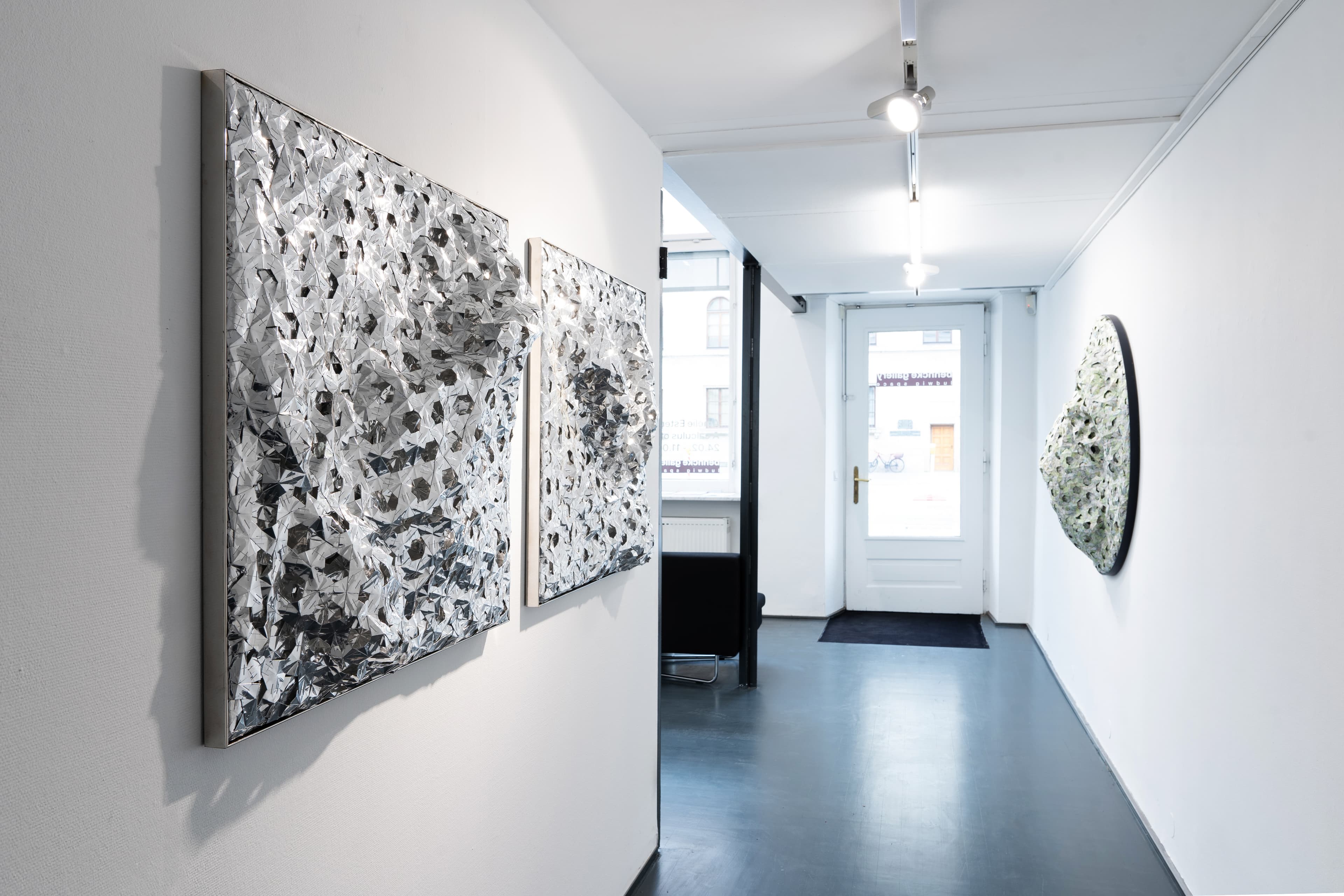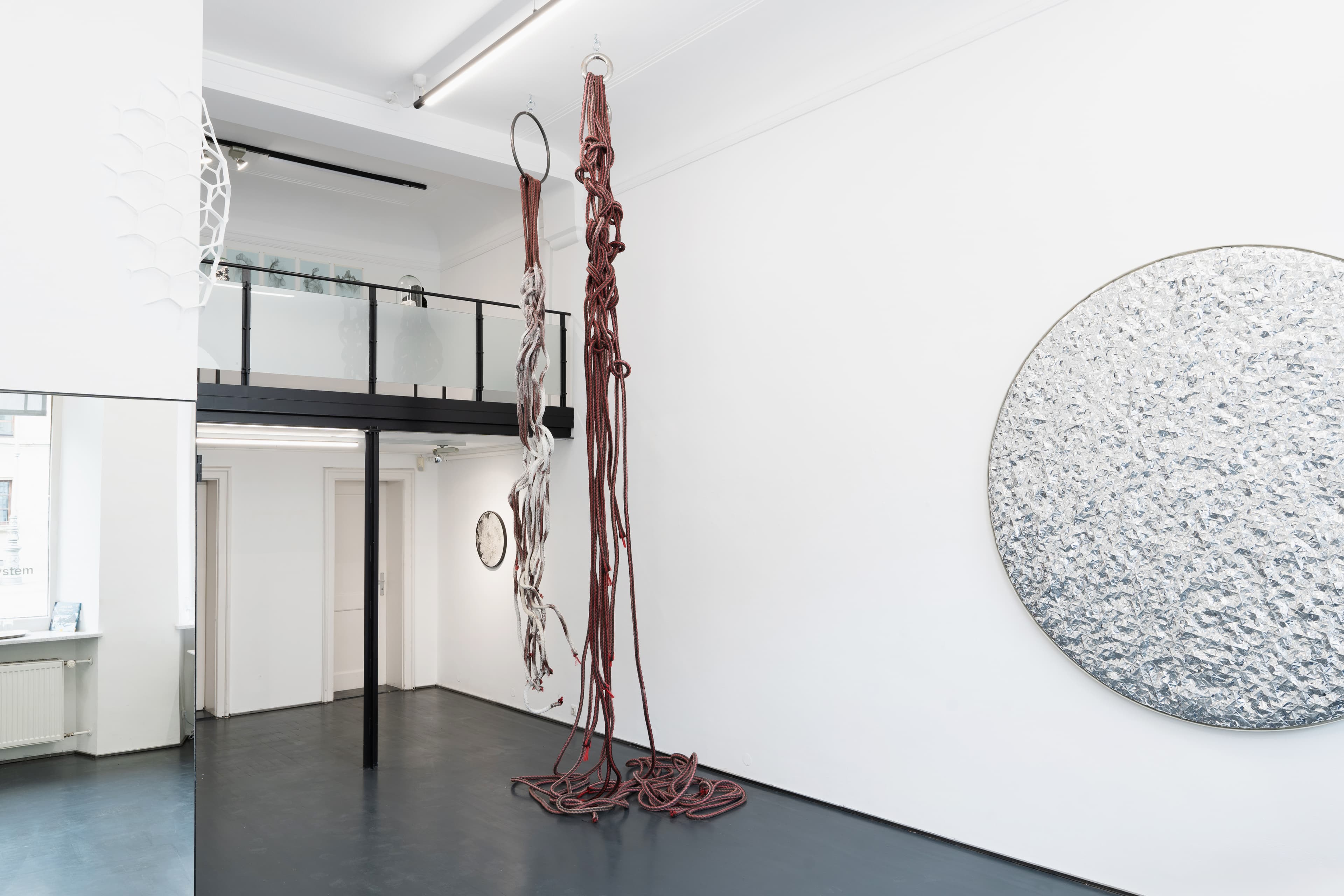Amélie Esterházy⎮A calculus of the nervous system
In her exhibition A calculus of the nervous system at behncke gallery, Amélie Esterházy (born 1982, lives in Berlin) presents a series of new works that explore the connection between art and science. Esterházy combines the mathematical and biological with the ephemeral and poetic, thus arriving at (un)scientific findings that she translates into sculptures and reliefs - as the title quote from Ada Lovelace A calculus of the nervous system expresses.
Lovelace, the first female programmer, recognised the possibility of assigning all units to binary numbers and thus laid the foundation for today's computer programs. She was one of the first people to recognise the true potential of the calculating machine. She envisioned using the calculating machine to develop a mathematical model that could mathematically describe the development of thoughts and feelings. Esterházy works on a similar premise by programming structures and systems and simultaneously reflecting the interplay of system and chaos, of intention and chance. In her series of works, surfaces are broken down into hundreds of small individual parts and simultaneously woven into a complex network. Structures and their affirmative change form the basis and starting point of her artistic practice.


















Julia Milberger
Ludwigstraße 7
80539 Munich
Tuesday ‒ Friday: 11 AM ‒ 6 PM
(1 PM ‒ 2 PM closed)
Saturday: 12 PM ‒ 4 PM